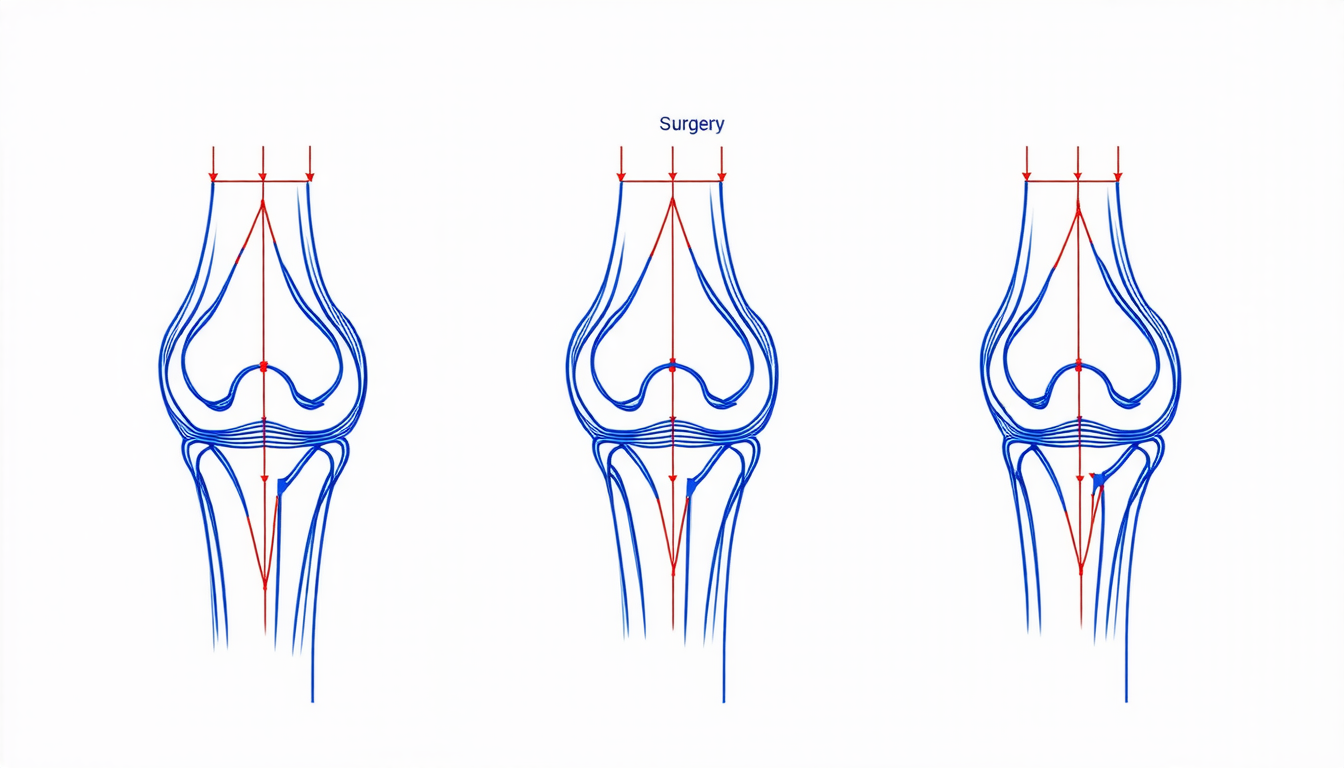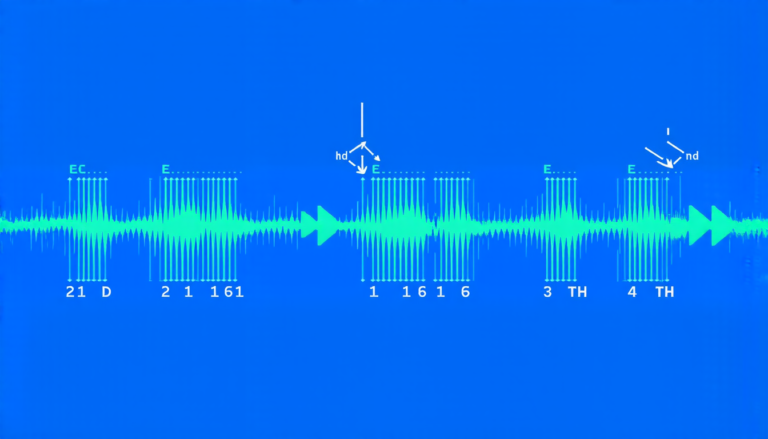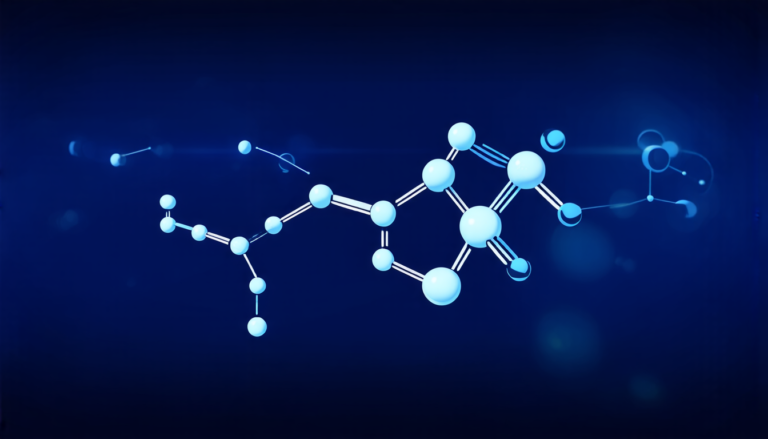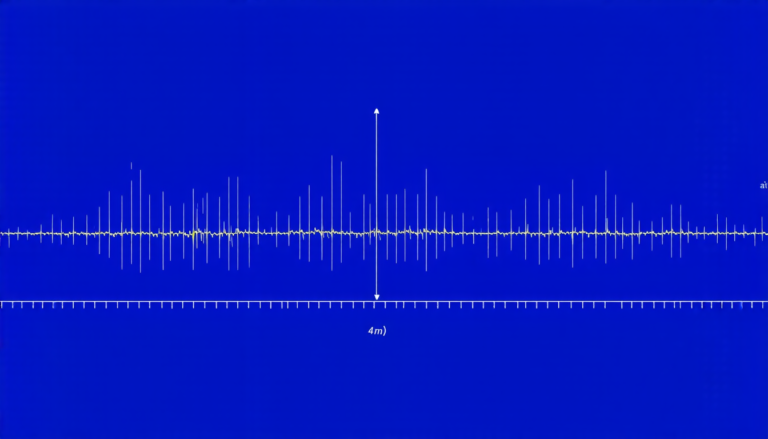Thursday 24 July 2025
The quest for perfect alignment in functional data analysis has long been a challenge for researchers. In many real-world applications, curves of varying shapes and sizes must be aligned to enable accurate comparisons. Biomechanical data, such as knee flexion angles, are particularly prone to phase discrepancies, making it difficult to distinguish between meaningful patterns and noise.
A new approach to curve alignment has recently been developed, using a Bayesian model that combines flexible smoothing with warping functions. This innovative method eliminates phase discrepancies while preserving individual characteristics of each curve, allowing for more accurate comparisons.
The model is designed to accommodate group structures within the data, which is particularly useful in biomedical applications where individuals may exhibit different patterns or behaviors. By incorporating grouping information into the alignment process, the model can better capture the unique features of each group and improve overall performance.
One of the key advantages of this approach is its flexibility. Unlike traditional methods that rely on rigid assumptions about curve shape and behavior, this Bayesian model allows for more nuanced and adaptive alignment. This means that curves with varying numbers of peaks or different shapes can be accurately aligned, rather than being forced to conform to a preconceived notion of what they should look like.
To test the effectiveness of this new approach, researchers applied it to a dataset of knee flexion angles from three groups: control, surgery, and physiotherapy. The results were striking, with significant reductions in phase variability across all three groups. This enabled more accurate comparisons between the curves, revealing patterns that might have been obscured by previous alignment methods.
The aligned curves also exhibited improved smoothness and continuity, indicating a better representation of the underlying biological processes. This is particularly important in biomechanical applications, where small changes in curve shape or behavior can have significant implications for understanding and treatment.
In addition to its flexibility and accuracy, this Bayesian model offers several computational advantages. The MCMC algorithm used to estimate the warping parameters is efficient and scalable, allowing for large datasets to be processed quickly and accurately.
The potential applications of this new approach are vast, ranging from biomedical research to finance and signal processing. By enabling more accurate alignment and comparison of functional data, this model has the potential to revolutionize the way we analyze complex patterns and behaviors in a wide range of fields.
In summary, this innovative Bayesian model offers a powerful solution to the challenge of curve alignment in functional data analysis.
Cite this article: “Accurate Curve Alignment through Bayesian Modeling”, The Science Archive, 2025.
Curve Alignment, Functional Data Analysis, Bayesian Model, Smoothing, Warping Functions, Biomedical Applications, Knee Flexion Angles, Phase Variability, Mcmc Algorithm, Computational Efficiency







